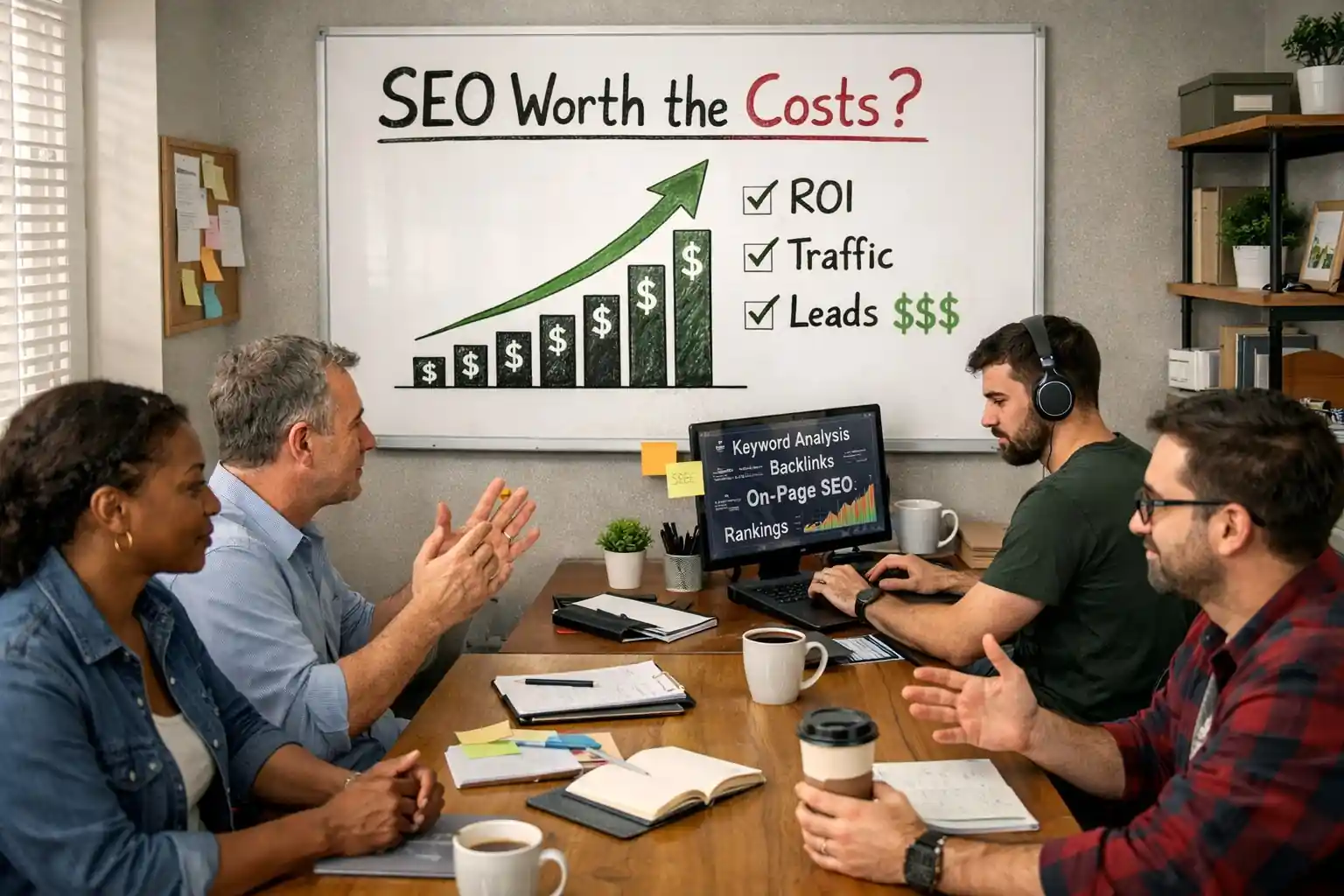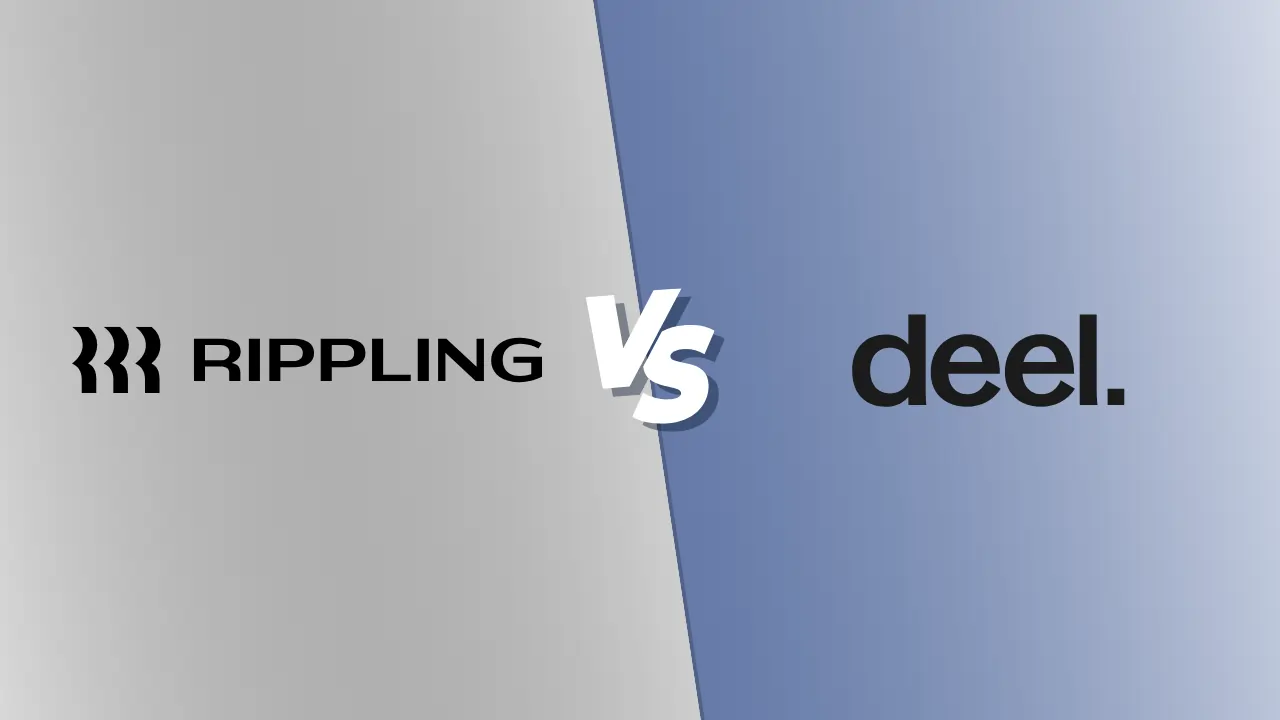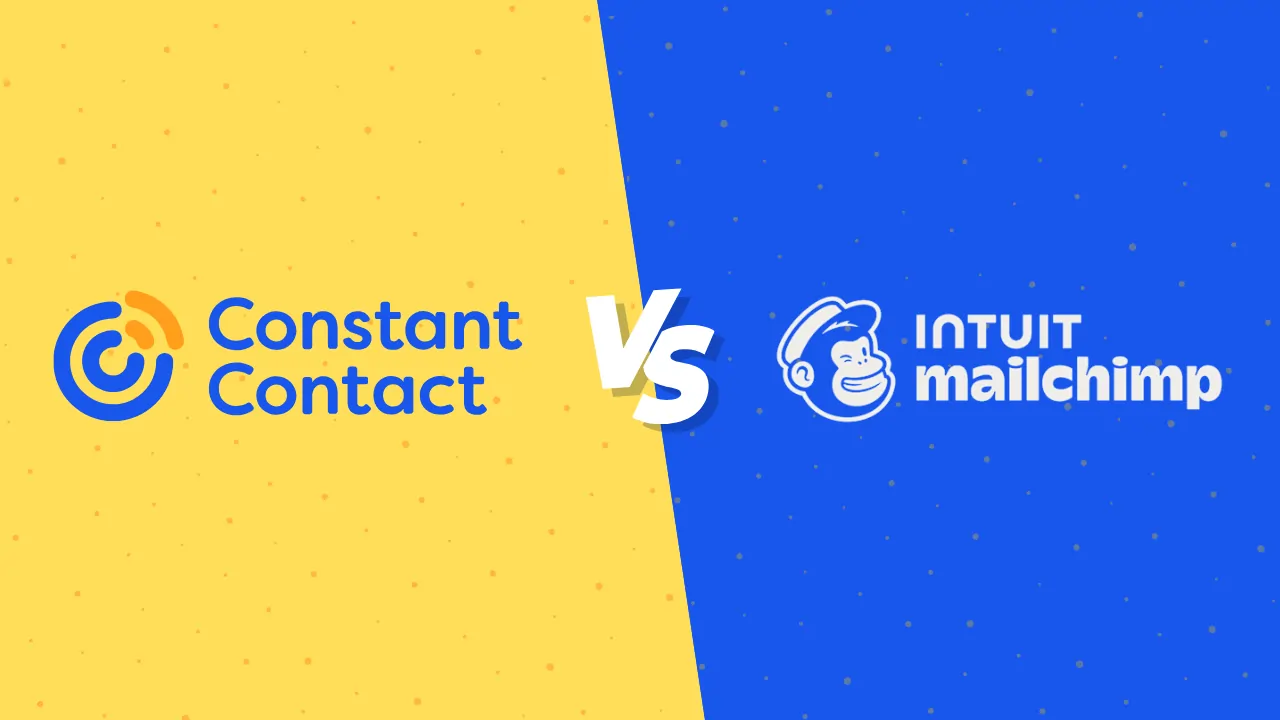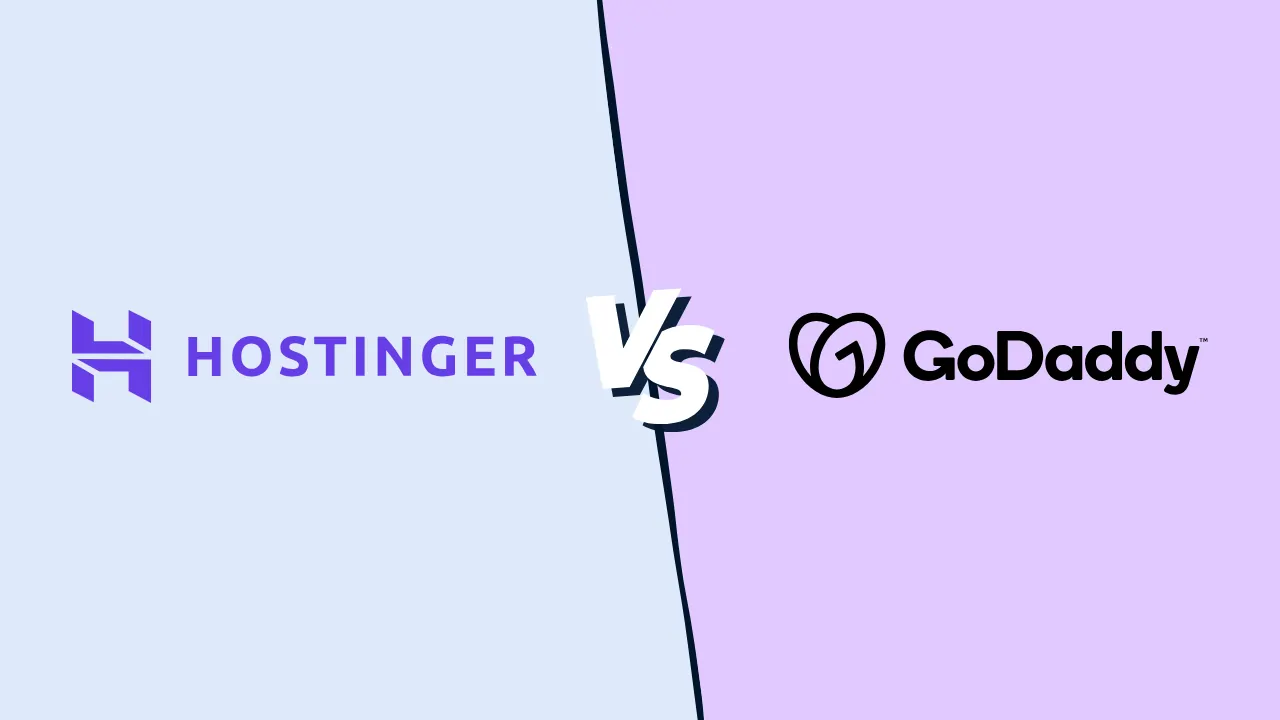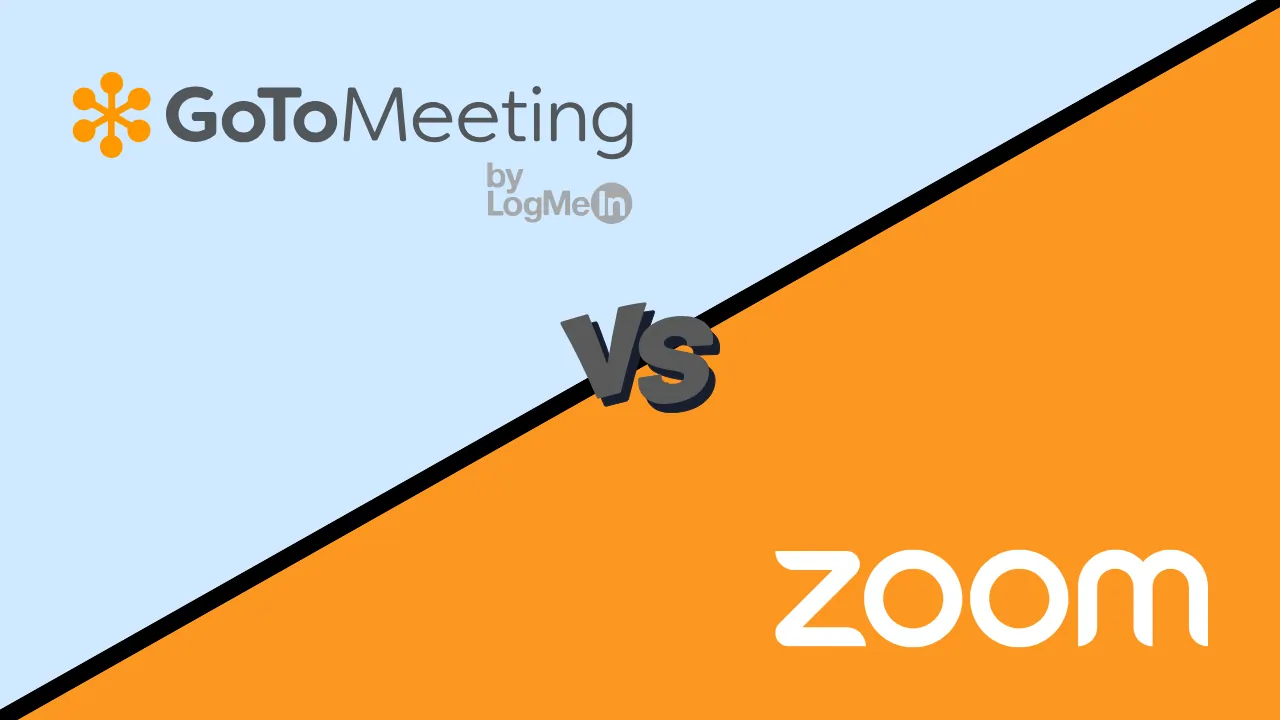What is e-commerce? How it’s transforming business — and where it’s heading
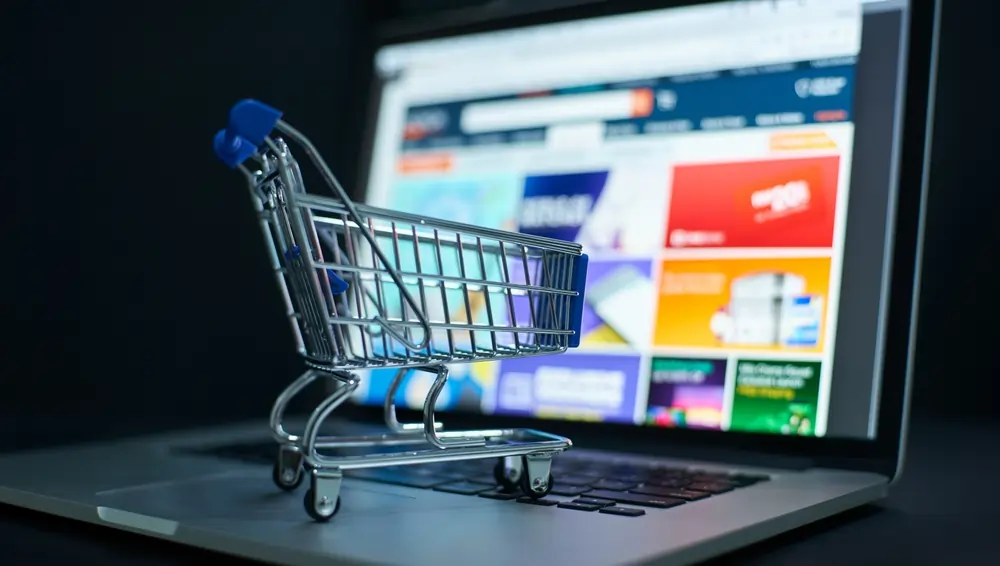
A few years ago, buying shoes online felt like a gamble. Would they fit? Would they arrive on time? Would they look anything like the photos? Today, online shopping isn’t just normal—it’s often the default. From late-night impulse buys to billion-dollar B2B deals, e-commerce has seeped into every corner of our lives.
But e-commerce is more than a convenience. It’s quietly reshaping how we shop, sell, and even how businesses survive.
So, what exactly is e-commerce?
At its simplest, e-commerce is just buying and selling over the internet. That could be a $12 phone case on Amazon, a monthly SaaS subscription, or a wholesale order placed through a digital portal.
An e-commerce business is any company that makes money this way—whether that’s a boutique clothing shop with an online store, a service provider who takes bookings and payments digitally, or a multinational retailer running a global platform.
In short: if the transaction happens online, it’s e-commerce.
A brief history of e-commerce
E-commerce may feel like it’s always been around, but it’s surprisingly young. The first recorded online transaction happened in 1994, when a CD of Sting’s Ten Summoner’s Tales was sold over the internet. A year later, Amazon launched as an online bookstore, quickly setting the stage for a retail revolution.
PayPal arrived in 1998, making secure online payments easier. By the mid-2000s, platforms like Shopify and Magento allowed small businesses to launch their own online stores without custom coding. The launch of the iPhone in 2007 ushered in the era of mobile shopping, and in 2005 Amazon Prime made two-day delivery the new standard.
Fast forward to today, and e-commerce has grown from a novelty into a multi-trillion-dollar global industry—one that continues to reshape how people shop, pay, and even think about ownership.
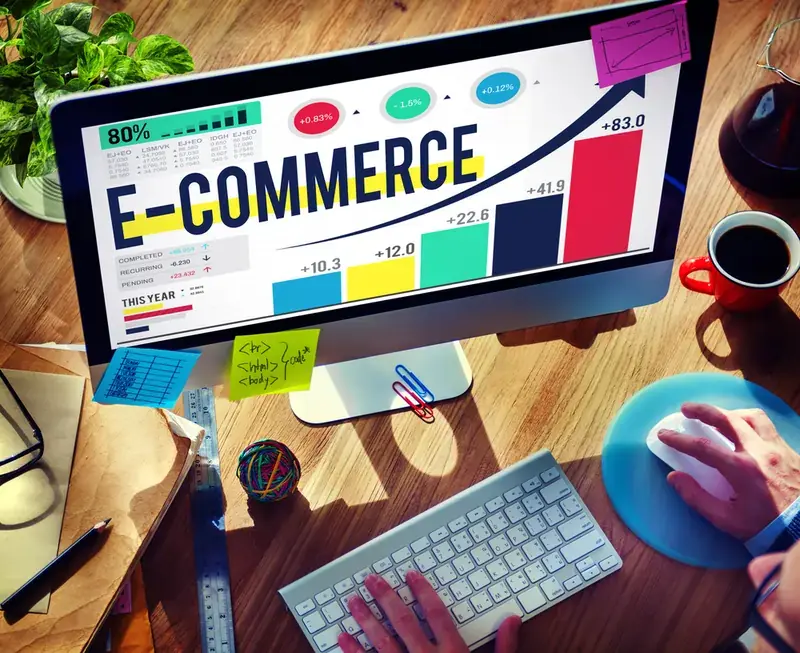
How e-commerce flipped retail on its head
Here’s the thing: e-commerce hasn’t just given us faster checkouts. It’s fundamentally changed how retail works.
-
From side hustle to main stage
In the U.S., online sales now make up 15.9% of all retail, and they’re growing nearly 75% faster than overall retail. Globally, e-commerce hit $6 trillion in 2024 and is still climbing.
That’s not a “trend”—that’s a transformation. Shops that once saw e-commerce as a nice-to-have now see it as survival.
-
The Amazon effect
Remember when waiting a week for delivery felt normal? Amazon made two-day shipping the baseline—and suddenly everyone else had to keep up. Transparent tracking, easy returns, endless choice: consumers expect it all. Small businesses, meanwhile, are racing to meet those same standards.

-
Pandemic as rocket fuel
COVID-19 didn’t create e-commerce, but it poured jet fuel on the fire. In 2020 alone, online shopping jumped more than 30%. And while restrictions lifted, many habits stuck. Buying groceries from your couch, paying by digital wallet, even ordering dinner through an app—it all feels second nature now.
-
The B2B boom
Behind the scenes, the B2B e-commerce market has ballooned. It’s projected to reach $32 trillion in 2025. For manufacturers, wholesalers, and service providers, digital portals aren’t optional anymore—they’re the primary way buyers want to do business.
What’s next for e-commerce?
E-commerce isn’t slowing down. Here are five trends reshaping its future:
1. Headless commerce
Think of it as Lego for websites. Instead of one all-in-one system, businesses can mix and match front-end experiences (apps, kiosks, sites) with a back-end commerce engine. The result? Flexibility, faster innovation, and fewer tech headaches.
2. Marketplaces everywhere
Amazon may dominate, but smaller marketplaces are popping up in every niche. On top of that, retail media—those sponsored slots you see inside marketplaces—is becoming the next big ad channel.
3. AI-driven personalization
“Recommended for you” isn’t going away; it’s getting sharper. From product suggestions to dynamic pricing, AI is shaping how we shop—and how businesses run behind the curtain.
4. Trust and transparency
Data privacy is a growing consumer concern. Businesses that handle customer information responsibly (and communicate it clearly) will earn loyalty where others lose it.
5. Omnichannel blurring
The wall between “online” and “offline” shopping is crumbling. Buy online, pick up in store? Normal. Try on clothes virtually? On the rise. Even traditional stores are doubling as showrooms for digital-first sales.
6. Emerging tech: from sci-fi to storefront
Some of the most exciting shifts in e-commerce are just beginning:
- Augmented reality (AR): Shoppers can “try on” clothes virtually, place digital furniture in their living rooms, or preview paint colors on walls—all from their phones.
- Voice commerce: Smart assistants like Alexa and Siri are turning shopping lists into seamless one-liners (“Order more coffee beans”).
- Blockchain and digital payments: Beyond crypto speculation, blockchain offers transparent supply chains and secure, low-cost international transactions.
- Drones and autonomous delivery: Still experimental, but major retailers are investing heavily in last-mile innovations that could make 30-minute delivery commonplace.
These technologies may sound futuristic, but many are already in pilot programs. The next five years could see them move from novelty to necessity.
Why this matters for small and mid-sized businesses
For business owners, e-commerce isn’t just about having a website. It’s about strategy. Here’s what stands out:
- Digital is no longer optional. Even service-based companies need online booking or payment options.
- Integration beats shiny features. A streamlined system that connects inventory, CRM, and checkout will save more headaches than flashy add-ons.
- Customer experience is king. Fast, seamless, trustworthy checkouts win repeat buyers.
- Data drives decisions. Metrics like conversion rate and customer lifetime value aren’t just buzzwords—they’re roadmaps.
- B2B is the growth frontier. For many industries, the next big leap won’t come from new consumers but from digital B2B channels.
Final thoughts
E-commerce has grown from a novelty into the backbone of modern commerce. It’s not just about more online sales; it’s about creating systems that are flexible, data-driven, and built on trust. Businesses that embrace this shift—whether through better tech, smarter strategy, or simply a sharper online presence—will be the ones leading the charge in the years ahead.
